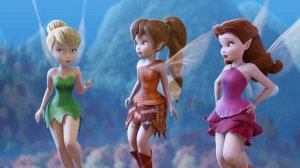N
NP2626
Guest
Sometime in 1963, a system called Astrac started appearing in Model Railroader. This was a system designed and manufactured by General Electric. From what I've read in the advertisements, this system was similar to our DCC systems of today. The controller came with two cabs allowing control of two trains on the same track with the models K-2 and K-4; but, you can select from five different trains to control. The system uses five Receivers to control the trains and the receivers have 40 Kilocycles separation between frequencies. I can't be sure; but, think the system used track voltage for power and sent the signals down the track to the receivers. Interesting, considering that whatever type of system this was, it was 30 years ahead of it's time.
I have no memories of this system, does anyone know anything more about it?
I have no memories of this system, does anyone know anything more about it?


